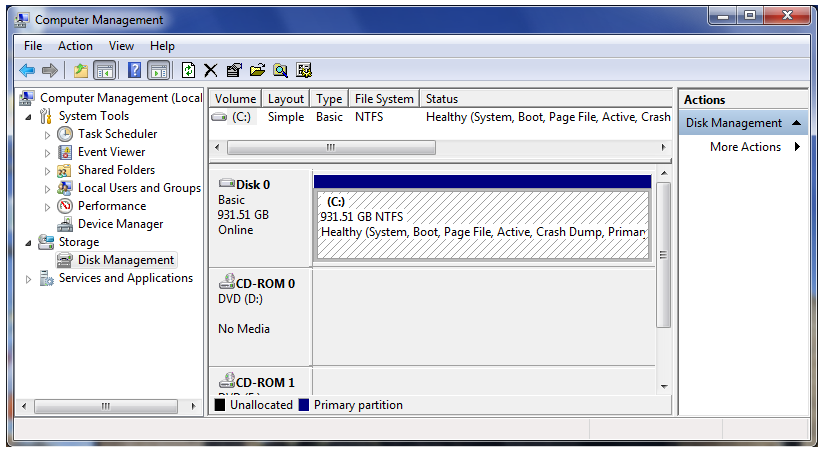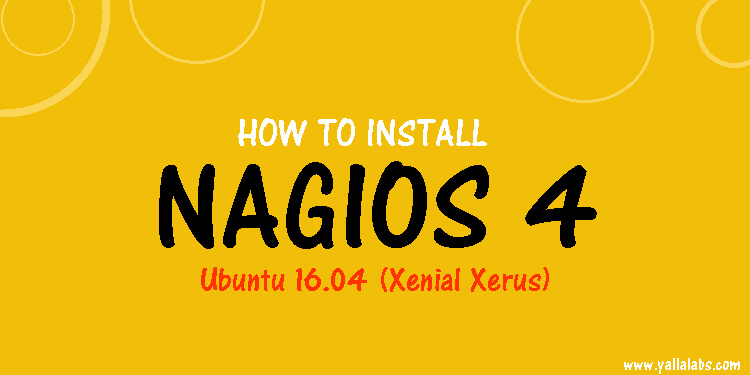- Install Apache
- Cant Install New Kernel Due To Conflicts Of Kernel Headers ...
- I Need To Enable ' Mod_headers ' - CentOS
- Install .NET Core On CentOS - .NET Core | Microsoft Docs
Centos uses a modules directory in the /etc/httpd directory that is a symlink to /usr/lib64/httpd/modules (on my system) so you just need. That said, in order to install modproxywstunnel you need to have Apache2.4 or better. Install Apache PHP Module. The PHP module for Apache is not bundled with Apache. As such, it must be installed in addition to the Apache package. Sudo apt install libapache2-mod-php. Once installed the module will have to be enabled. We accomplish this using the a2enmod command. Sudo a2enmod php. Next, we’re going to install an SSL certificate on CentOS. Install an SSL certificate on CentOS. Using the method below, you can install an SSL certificate on CentOS 7 & 6. Download the primary and intermediate certificates that you’ve received from your SSL provider; Copy your SSL files to your Apache server.
The preferred way of installing Icinga Web 2 is to use the official package repositories depending on which operatingsystem and distribution you are running.
In case you are upgrading from an older version of Icinga Web 2please make sure to read the upgrading sectionthoroughly.

Source and automated setups are described inside the advanced topicschapter.
Installing Requirements ¶
- Icinga 2 with the IDO database backend (MySQL or PostgreSQL)
- A web server, e.g. Apache or Nginx
- PHP version >= 5.6.0
- The following PHP modules must be installed: cURL, gettext, intl, mbstring, OpenSSL and xml
- LDAP PHP library when using Active Directory or LDAP for authentication
- MySQL or PostgreSQL PHP libraries
Installing Icinga Web 2 from Package ¶
Official repositories (support matrix):
| Distribution | Repository |
|---|---|
| Debian | Icinga Repository |
| Ubuntu | Icinga Repository |
| RHEL/CentOS | Icinga Repository |
| openSUSE | Icinga Repository |
| SLES | Icinga Repository |
Community repositories:
| Distribution | Repository |
|---|---|
| Gentoo | Upstream |
| FreeBSD | Upstream |
| ArchLinux | Upstream |
| Alpine Linux | Upstream |
Packages for distributions other than the ones listed above may also be available.Please contact your distribution packagers.

Setting up Package Repositories ¶
You need to add the Icinga repository to your package management configuration for installing Icinga Web 2.If you’ve already configured your OS to use the Icinga repository for installing Icinga 2, you may skip this step.
Debian:
Ubuntu:
RHEL and CentOS 8:
RHEL and CentOS 7:
Fedora 31:
SLES 15/12:
openSUSE:
Alpine Linux:
INFO
Latest version of Icinga Web 2 is in the edge repository, which is the -dev branch.
RHEL/CentOS Notes ¶
The packages for RHEL/CentOS depend on other packages which are distributedas part of the EPEL repository.
CentOS 8 additionally needs the PowerTools repository for EPEL:
CentOS 7:
If you are using RHEL you need to additionally enable the optional and codeready-builderrepository before installing the EPEL rpm package.
RHEL 8:
RHEL 7:
RHEL/CentOS 7 PHP SCL¶
Since version 2.5.0 we also require a newer PHP version than what is availablein RedHat itself. You need to enable the SCL repository, so that the dependenciescan pull in the newer PHP.
CentOS:
RedHat:
Make sure to also read the chapter on Setting up FPM.
Alpine Linux Notes ¶
The example provided suppose that you are running Alpine edge, which is the -dev branch and is a rolling release.If you are using a stable version, in order to use the latest Icinga Web 2 version you should “pin” the edge repository.In order to correctly manage your repository, please followthese instructions.
Installing Icinga Web 2 ¶

You can install Icinga Web 2 by using your distribution’s package manager to install the icingaweb2 package.Below is a list with examples for various distributions. The additional package icingacli is necessary to follow further steps in this guide.The additional package libapache2-mod-php is necessary on Ubuntu to makeIcinga Web 2 working out-of-the-box if you aren’t sure or don’t care about PHPFPM.

Debian:
Ubuntu:
RHEL/CentOS 8 and Fedora:
RHEL/CentOS 7
If you have SELinux enabled, the package icingaweb2-selinux is also required.For RHEL/CentOS please read the package repositories notes.
SLES and openSUSE:
Alpine Linux:
For Alpine Linux please read the package repositories notes.
Installing the web server ¶
Depending on your OS you might have to install, and or configure the web server.We usually only require PHP as hard dependency.
We usually build on Apache httpd as the default web server, but you also can use nginx.
RedHat / CentOS / Fedora
Make sure to install httpd, start and enable it on boot.
Note for EPEL 7 and 8: Check the Setting up FPM chapter.
SUSE SLE / openSUSE
Make sure that web server is installed, and the required modules are loaded.
Debian / Ubuntu
Your web server should be up and running after the installation of Icinga Web 2.
Setting up FPM ¶
If you are on CentOS / RedHat, or just want to run Icinga Web 2 with PHP-FPM insteadof the Apache module.
| Operating System | FPM configuration path |
|---|---|
| RedHat 8 | /etc/php-fpm.d/ |
| RedHat 7 (with SCL) | /etc/opt/rh/rh-php71/php-fpm.d/ |
| Fedora | /etc/php-fpm.d/ |
| Debian/Ubuntu | /etc/php*/*/fpm/pool.d/ |
The default pool www should be sufficient for Icinga Web 2.
Install Apache
On RedHat you need to start and enable the FPM service.
RedHat / CentOS 8 and Fedora:
RedHat / CentOS 7 (SCL package):
All module packages for PHP have this SCL prefix, so you can install adatabase module like this:
Depending on your web server installation, we might have installed orupdated the config file for icingaweb2 with defaults for FPM.
Check /etc/httpd/conf.d/icingaweb2.conf or /etc/apache2/conf.d/icingaweb2.conf.And *.rpm**.dpkg* files there with updates.
Make sure that the FilesMatch part is included for Apache >= 2.4. For Apache < 2.4 you have to include theLocationMatch block.
Also see the example from icingacli:
Preparing Web Setup ¶
You can set up Icinga Web 2 quickly and easily with the Icinga Web 2 setup wizard which is available the first timeyou visit Icinga Web 2 in your browser. When using the web setup you are required to authenticate using a token.In order to generate a token use the icingacli:

In case you do not remember the token you can show it using the icingacli:
Preparing Web Setup on Debian/Ubuntu ¶
Cant Install New Kernel Due To Conflicts Of Kernel Headers ...
On Debian and derivates, you need to manually create a database and a database user prior to starting the web wizard.This is due to local security restrictions whereas the web wizard cannot create a database/user througha local unix domain socket.
You may also create a separate administrative account with all privileges instead.
Note: This is only required if you are using a local database as authentication type.
Starting Web Setup ¶
Finally visit Icinga Web 2 in your browser to access the setup wizard and complete the installation:/icingaweb2/setup.
Note for Debian/Ubuntu
Use the same database, user and password details created above when asked.
The setup wizard automatically detects the required packages. In case one of them is missing,e.g. a PHP module, please install the package, restart your webserver and reload the setup page.
If you have SELinux enabled, please ensure to either have the selinux package for Icinga Web 2installed, or disable it.
Upgrading to FPM ¶
Valid for:
- RedHat / CentOS 7
Other distributions are also possible if preferred, but not included here.
Some upgrading work needs to be done manually, while we install PHP FPMas dependency, you need to start the service, and configure some things.
Please read Setting up FPM first.
php.ini settings you have tuned in the past needs to be migrated to a SCL installationof PHP.
Check these directories:
/etc/php.ini/etc/php.d/*.ini
PHP settings should be stored to:
- RedHat / CentOS 7:
/etc/opt/rh/rh-php71/php.d/
Make sure to install the required database modules
RedHat / CentOS 7:
After any PHP related change you now need to restart FPM:
RedHat / CentOS 7:
If you don’t need mod_php for other apps on the server, you should disable it in Apache.
I Need To Enable ' Mod_headers ' - CentOS
Disable PHP in Apache httpd:
Install .NET Core On CentOS - .NET Core | Microsoft Docs
You can also uninstall the mod_php package, or all non-SCL PHP related packages.
